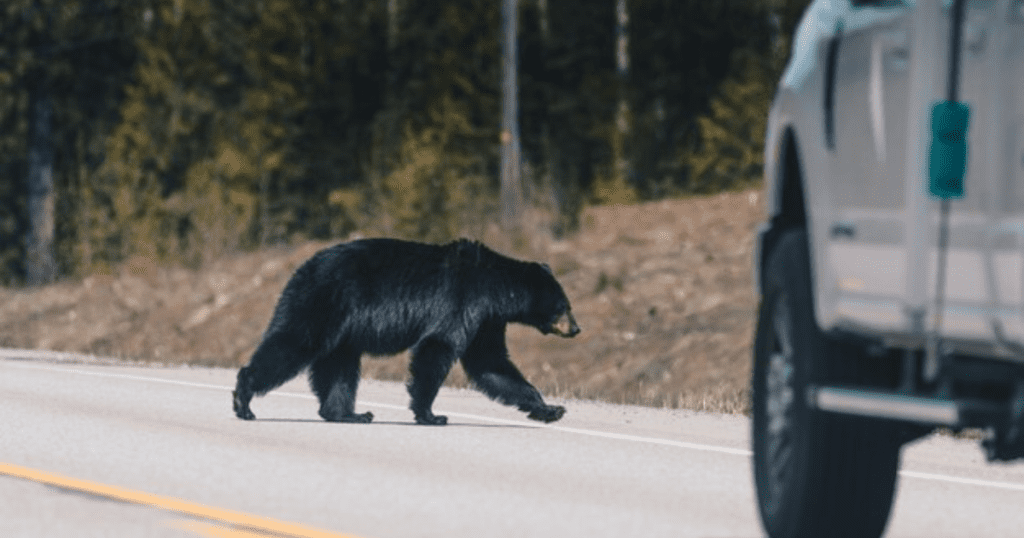Habitat Loss and Urbanization Role
Urbanization and habitat destruction have significantly led to the growing human-wildlife encounters. The reason for this growth is due to the increased rate of urbanization as cities take over rural and wild settings. Animals, such as bears, must adjust to human-dominated habitats. Habitat loss is one of the biggest threats to wildlife, because it breaks up ecosystems and reduces space for animals to roam. For bears, in particular, urban sprawl is forcing them into areas where food is scarce and human settlements are close, so they end up having a lot of contact with people.

Animals that are displaced from their natural habitats often resort to foraging in urban areas, rummaging through garbage bins, gardens, or other food sources created by humans. Conflicts arise between humans and wildlife, especially when animals become habituated to human presence and begin to see people as a source of food. The woman may have faced the bear at the bus stop due to the latter’s search for food or exploring the area that it had already grown accustomed to. This changes in behavior call for the management of urban growth in ways that do not ignore the needs of wildlife.
Urbanization has also led to the fragmentation of wildlife corridors— pathways that animals use to traverse different parts of their habitats. When these corridors are divided by roads, buildings, etc., animals have fewer chances to move around. The consequences of this isolation include enhanced contact with humans as animals begin to look for new shelter and food sources. To address such conflicts, conservationists and urban planners need to devise cities with green areas, wildlife corridors, and other measures to preserve natural habitats even as sustainable development takes place.




